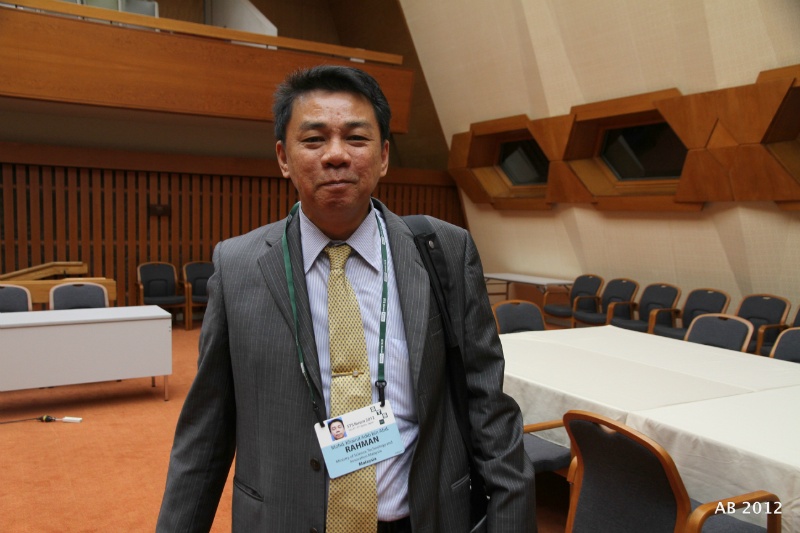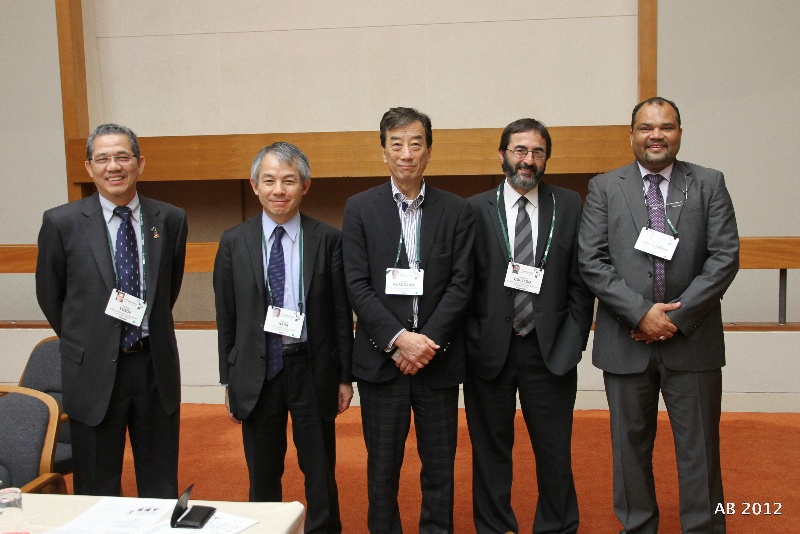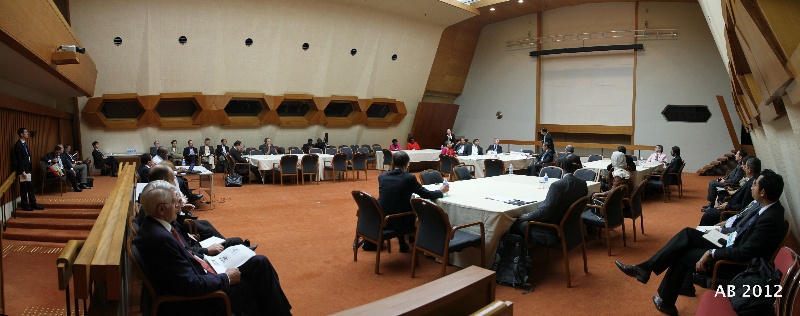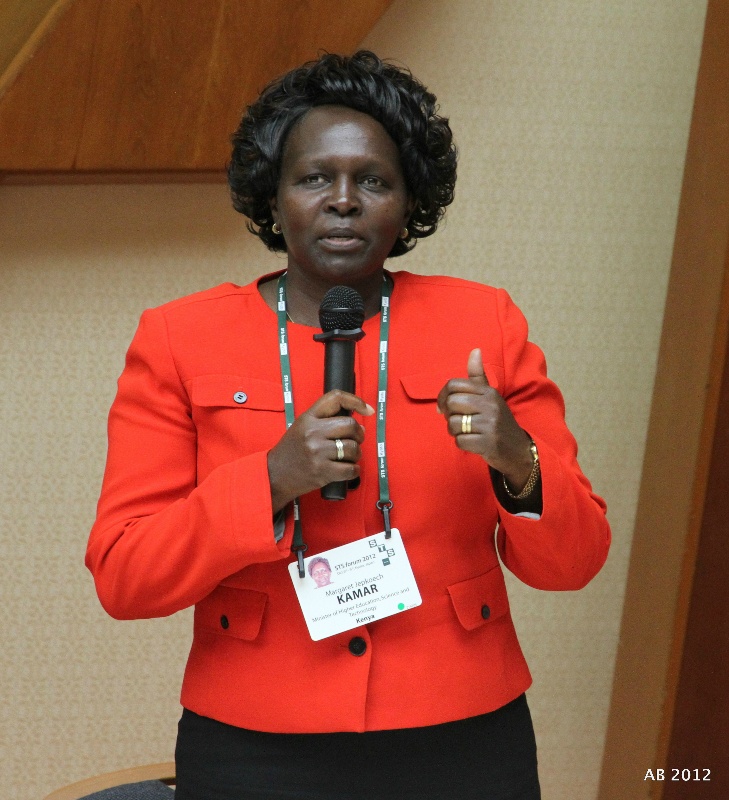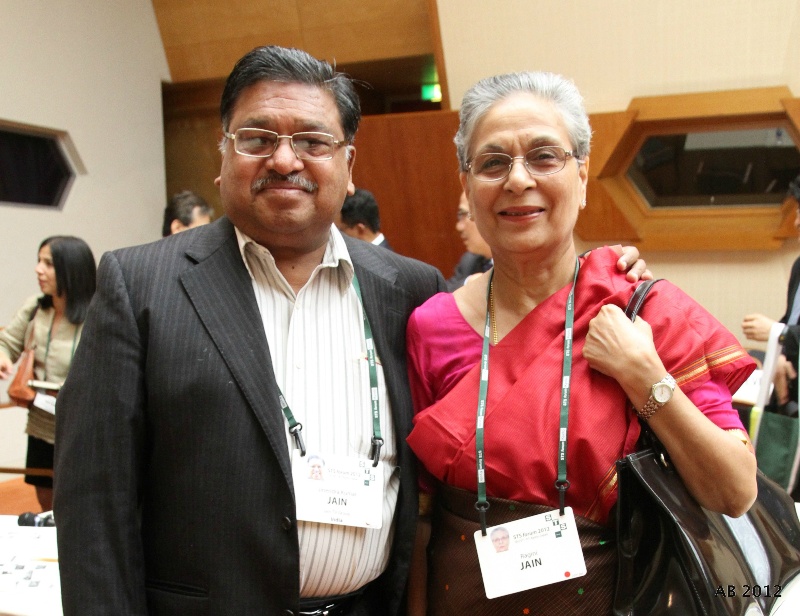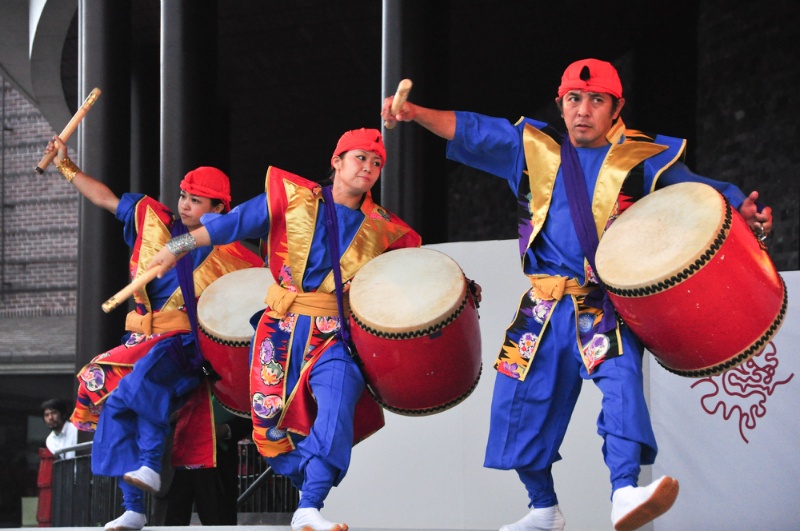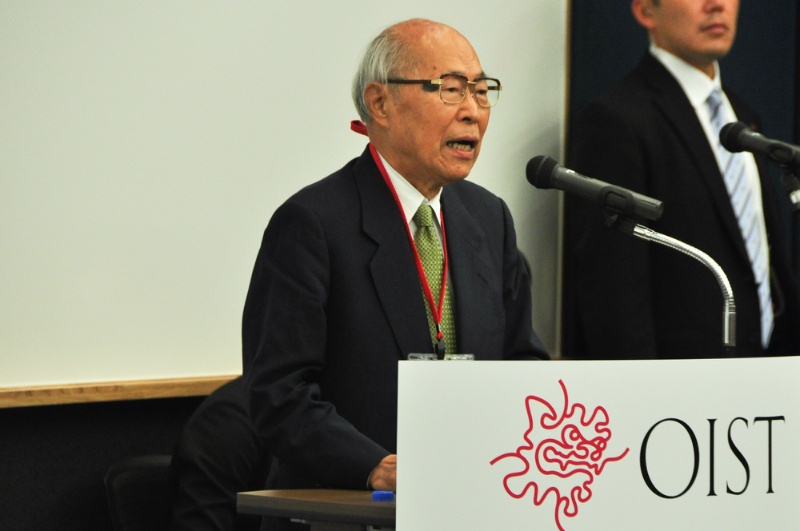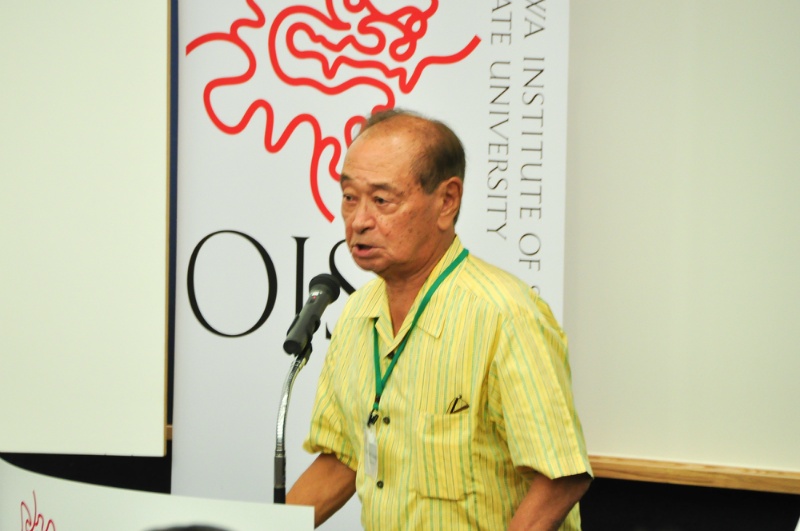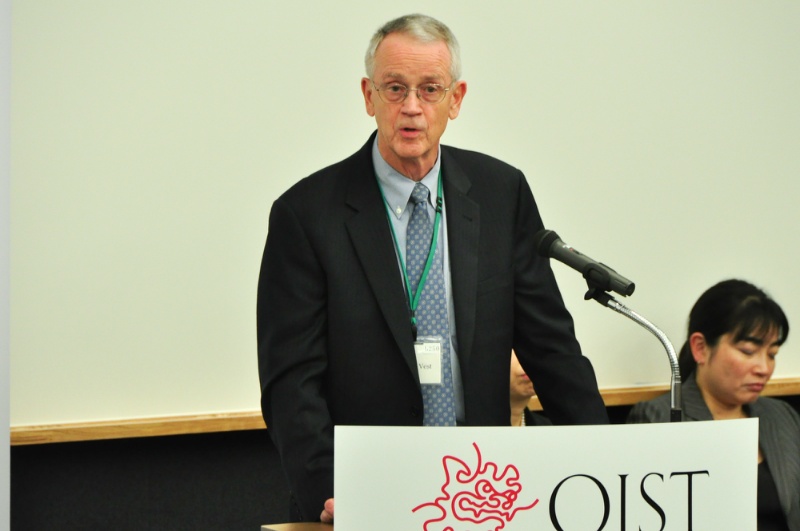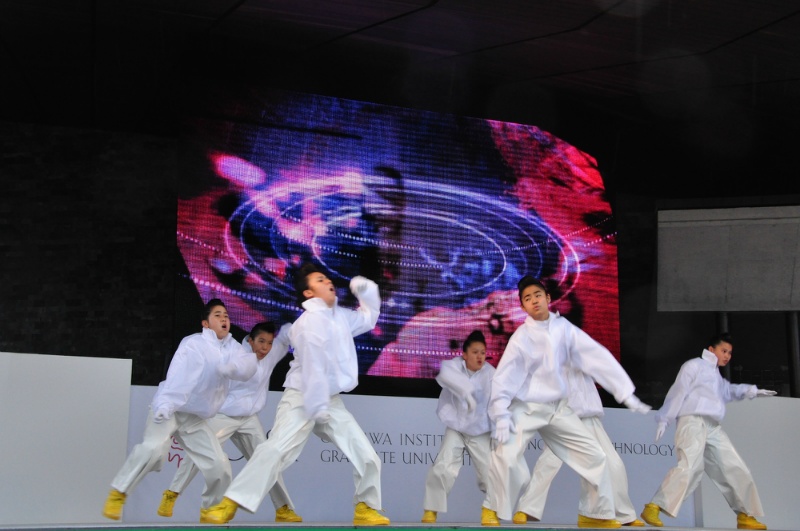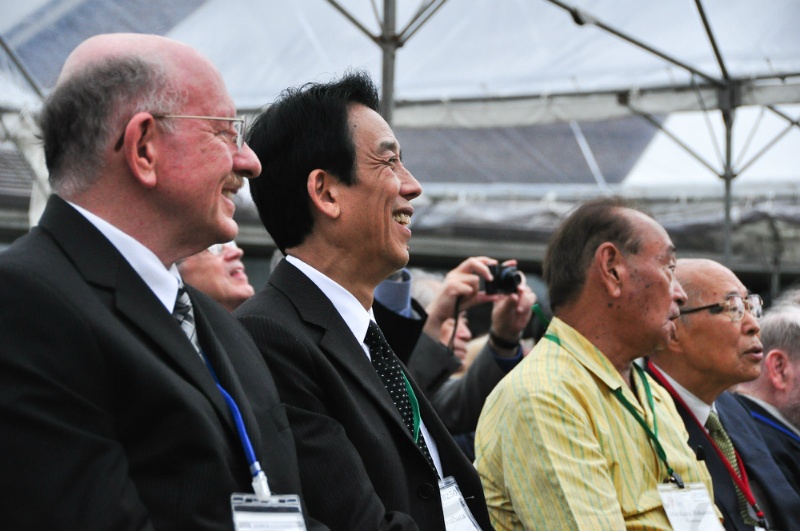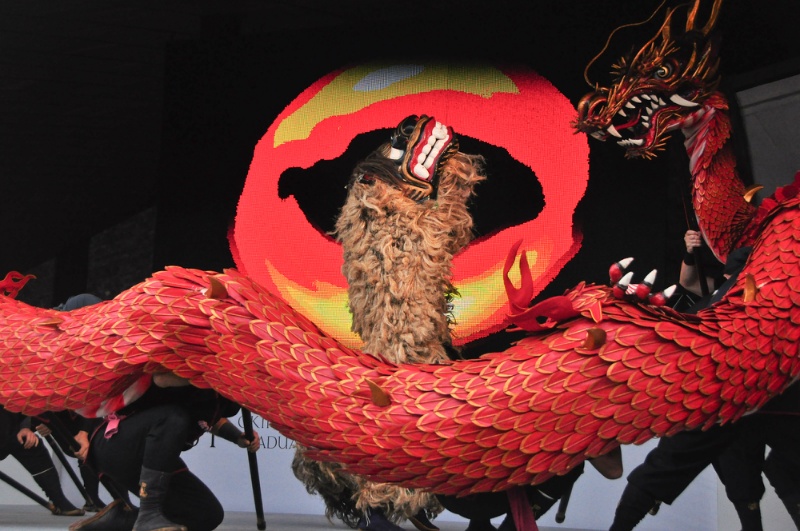One night after returning from Taipei, I went back to Narita. This time I departed for Dubai.
The airplane I boarded at Narita was the same A380 aircraft that I rode the other day when I returned from Dubai, in "Taking a shower 12,000 meters up in the sky".
This time I flew in business class. Both business and first class were fully booked. Many of the people on board, like myself, are participating in the Global Agenda Council (GAC) of the World Economic Forum (WEF). There were many who I know well, including Dr Yoko Ishikura.
We arrived in the early morning and checked in Jumeira Al Qasr. This time, the WEF-GAC seems to have increased the number of participants by around 20 percent. With over 80 Councils, there are more than before and many new innovations were put into place to ensure everything was running smoothly. This increase signifies the growing number of issues which the world is facing.
There are separate Councils for around ten countries, one of which is Japan. I am chair of the Japan Council and the people on this council are mostly Japanese. Several meetings have already been held in Tokyo, so the issues on the table were relatively hashed out even before we started. However, in recent years, there seems to be few positive messages about Japan to communicate and consequently there were few visitors. Nevertheless, it is my role to greet the people who stop by, and therefore I spent much of my time at the Japan Council. Sadly, there weren’t many people who visited. It seems that the attention given to Japan and the expectations for the country are lacking and lukewarm.
However, the nuclear accident at Fukushima is a different story. Regarding the National Diet of Japan Fukushima Nuclear Accident Independent Investigation Commission (NAIIC), we received many questions, mostly on the individual level.
In these past two or three years, I have talked often with the chairs of the China Council and the Korea Council but as both councils had new chairs this time, it was a very important moment and we discussed and shared many things. Both were quite frank and highly aware of the need for greater exchange on multiple levels. We were able to have many fruitful discussions.
Just as I was thinking that it is a time of change for leaders in both China and South Korea, the news broke that the Japanese Lower House will be dissolved. It is quite a time.
As I was talking with the South Korean chair, Dr Guen Lee, it became clear that his father is someone whom I know well. Dr Guen Lee is the son of Professor Lee (Ho-Wang), the former chairman of the Korean Academy of Sciences (KAS). I have a photograph together with the father on this blog. It was meeting Professor Lee that brought me to Professor Ju and has fostered the continuing, inspiring advances in Japanese and Korean medical history (1, 2, 3) .
At the top is a photograph taken with Dr Guen Lee at the banquet on the 26th floor of the famous Burj Al Arab.
When I returned to Japan, I received an email from Dr Lee saying that his father was delighted. The coincidences that can occur in the network of people is a fascinating thing.

